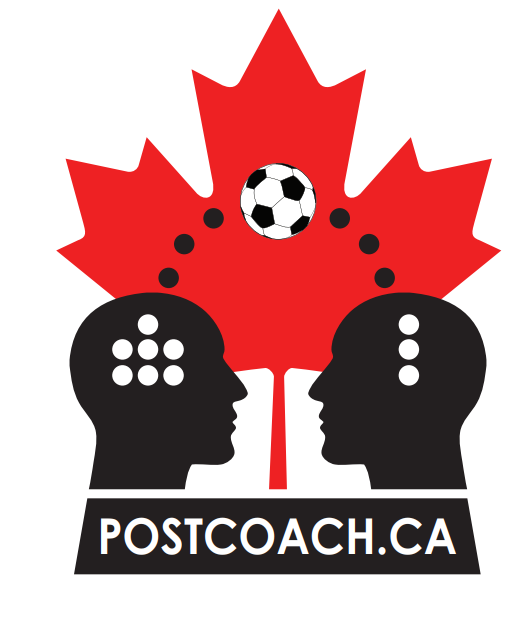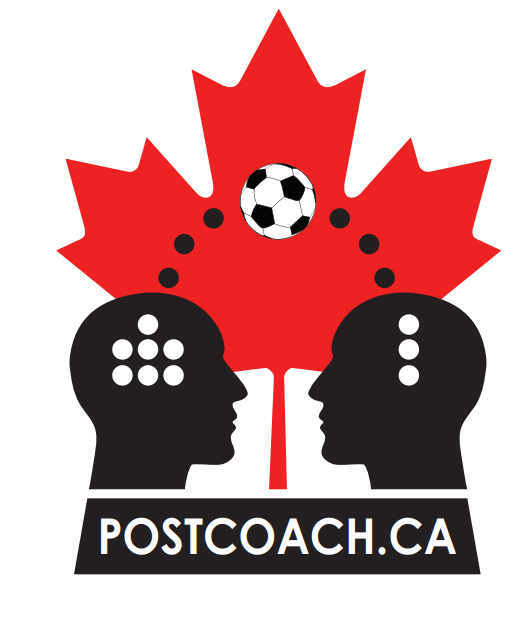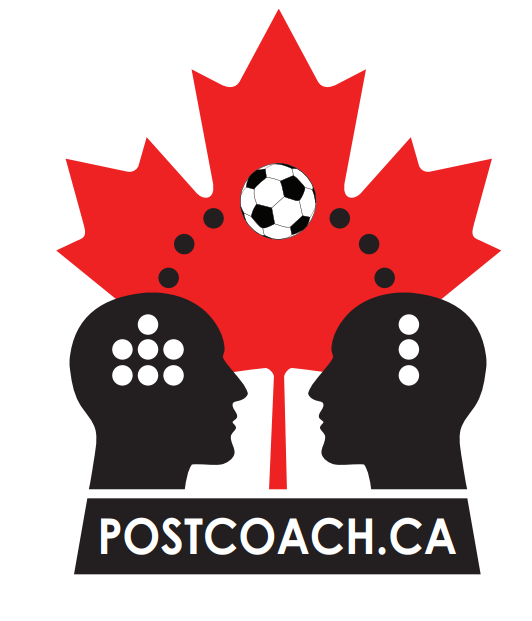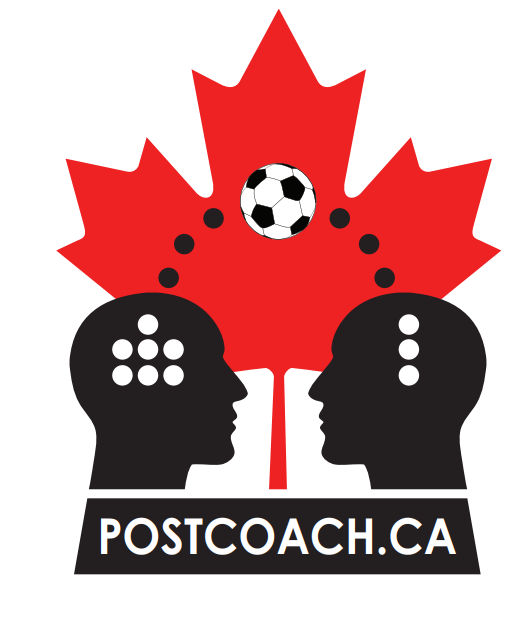Major Eligibility Rule Change By USPORTS For 2026-27

Excerpts of of this story by Marley Dickinson are courtesy or Running Magazine from September 16, 2025: https://runningmagazine.ca/u-sports/u-sports-announces-major-rule-change-to-canadian-collegiate-athlete-eligibility/ and the USports website: https://en.usports.ca/general/2025-26/Releases/2025TRANSFER.
Whether it was the pressure from down south in the NCAA and the NAIA of their eligibility rules, or just a change with the times, U SPORTS In a press release, the national governing body for university sports in Canada announced Tuesday September 16, 2025 a significant update to its eligibility policies, introducing new transfer rules that allow student-athletes in their first or second academic year to transfer without penalty. The policy will come into effect beginning with the 2026-2027 season.
Previously, non-graduating student-athletes who transferred were required to sit out for 365 days from their last date of competition, unless they were making forward academic progression, or competed in cross-country, swimming, or track and field which have existing exemptions.
In cross-country and track and field for example, student-athletes were permitted to transfer without penalty after one year of U Sports competition. The new rules go a step further, extending that flexibility to all sports for athletes early in their academic careers. This follows the example that the Canadian Colleges Athletic Association has had for years with athletes being given a “pass” if they changed institutions after their first year in college for program reasons on a case by case basis.
“This is an important step forward for U Sports and for our student-athletes. The landscape of post-secondary sport is evolving, and our role is to ensure our policies reflect the needs of those we serve,” said U Sports CEO Pierre Arsenault in a press release.
The updated policy also covers athletes transferring from outside Canada. A student-athlete moving from an NCAA or NAIA institution to a U Sports program will now be eligible to compete immediately, provided specific transfer conditions are met.
This progressive change was developed through extensive consultation with conferences, member institutions, student-athletes, the U SPORTS Eligibility Committee and adopted by the Board of Directors. It reflects the evolving landscape of Canadian university sport and ensures student-athletes have more flexibility earlier in their academic journeys.

Photo Credit: Gwyneth Lee https://yorkulions.ca/news/2025/8/28/mens-soccer-lions-take-down-golden-hawks-in-home-opener.aspx
And let’s be completely transparent here, most 17 and 18 year old kids do not know what they want to do with their lives, much less what they want to study and usually go so far away from home and are not ready for the transition that coming back home to Canada makes sense, emotionally, socially academically and financially.
Key Highlights:
- Greater flexibility: transfers can occur before the start of a student-athlete’s third academic year.
- Clear timelines to help students plan with confidence:
- Fall championship sports: December 15
- Winter championship sports: April 15
- Transfers move forward with the support of universities, ensuring collaboration in the process.
- Student-athletes who don’t meet the exemption criteria continue to have access to transfers via the U SPORTS appeal process, providing additional pathways and fairness.
A meaningful amount of transfer activity takes place during the first two academic years of a student-athlete’s journey, often when they are working to find the right fit academically, athletically, and personally, according to Tara Hahto, Director of Compliance & Eligibility, U SPORTS. This policy change responds directly to that reality. It gives student-athletes more flexibility and agency that reflects their evolving goals and circumstances while also maintaining the structure and integrity of U SPORTS competition. After undertaking a long review and consultation process, we’re confident that this change will better support the student experience and strengthen the university sports system.
This marks a major shift for Canadian collegiate sports, especially in light of the recent House v. NCAA settlement* (See below), in the U.S., which places new limits on how many athletes American NCAA programs can roster each year. As a result, Canadian student-athletes (whether based in Canada or the U.S.) who are cut or choose to leave an NCAA program may now transfer to a U Sports school and compete immediately the following season, without penalty.
*The House v. NCAA settlement, approved in June 2025, allows NCAA Division I schools to directly pay student-athletes by sharing revenue with them, starting with an initial cap of approximately $20.5 million per school annually and subject to a salary cap. It also provides approximately $2.8 billion in back pay to former student-athletes from the 2016-2025 period. The settlement ends the NCAA’s traditional amateurism model by replacing scholarship limits with roster limits for teams and establishes a third-party system, NILGo, to review Name, Image, and Likeness (NIL) deals for compliance. Key Components of the Settlement
- Direct Revenue Sharing: Schools can now directly compensate student-athletes, with the total payments for a given year capped at a percentage of designated athletic revenue, beginning around $20.5 million for the 2025-26 school year.
- Back Pay for Athletes: The NCAA and Power Five conferences are paying $2.8 billion in back pay to student-athletes who competed between 2016 and the settlement’s approval date in June 2025.
- Roster Limits: The settlement replaces scholarship limits with roster limits, allowing for a set number of players per sport, rather than a fixed number of scholarships.
- NIL Oversight: A new third-party system called NILGo, managed by Deloitte, will review and approve Name, Image, and Likeness (NIL) deals to ensure they reflect fair market value and are not disguised recruiting inducements.
Impact and Next Steps
- End of Amateurism: The settlement marks the official end of the NCAA’s long-standing amateurism model, shifting the structure of college sports to be more similar to professional leagues.
- Opt-in vs. Opt-out: Schools have the option to opt into the settlement, which triggers the new rules, or opt out and continue under the old NCAA rules.
- Further Legal Scrutiny: While approved by a federal judge, the settlement is expected to face continued legal challenges and scrutiny as its terms are implemented and its effects become clearer.
This change can only elevate USports and the competition, while enhancing student life and experiences.
Sources:
https://runningmagazine.ca/u-sports/u-sports-announces-major-rule-change-to-canadian-collegiate-athlete-eligibility/ by Marley Dickinson September 16, 2025
https://en.usports.ca/general/2025-26/Releases/2025TRANSFER September 16, 2025
https://yorkulions.ca/news/2025/8/28/mens-soccer-lions-take-down-golden-hawks-in-home-opener.aspx August 28, 2025




No Comments
Sorry, the comment form is closed at this time.